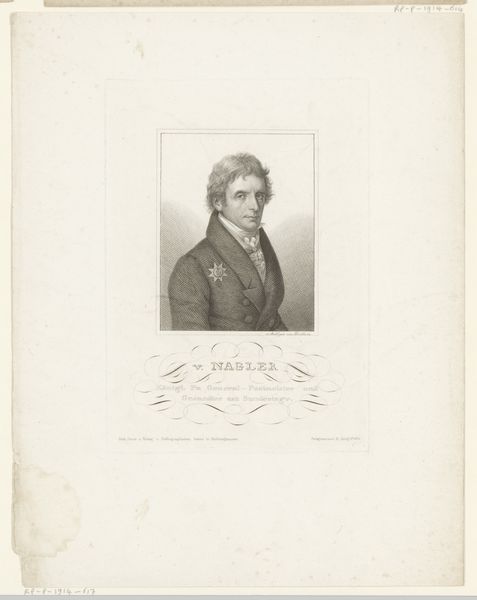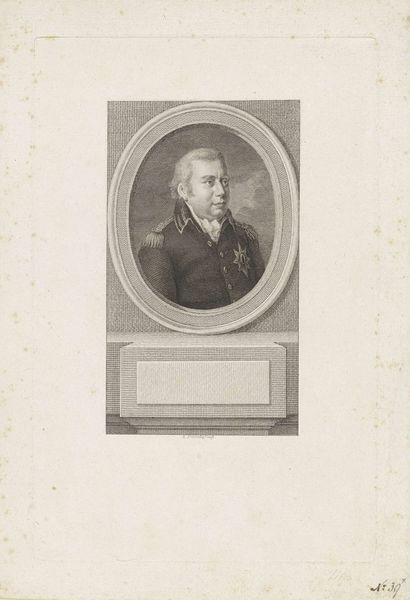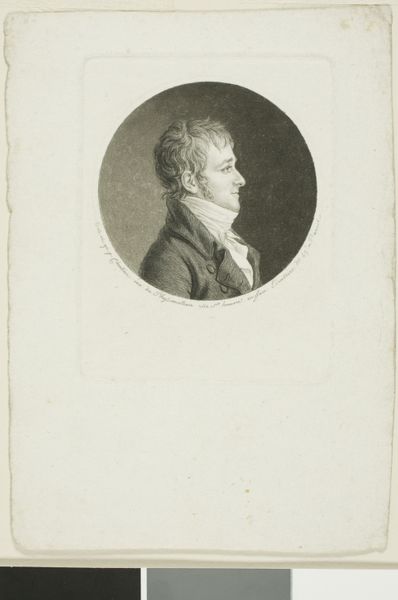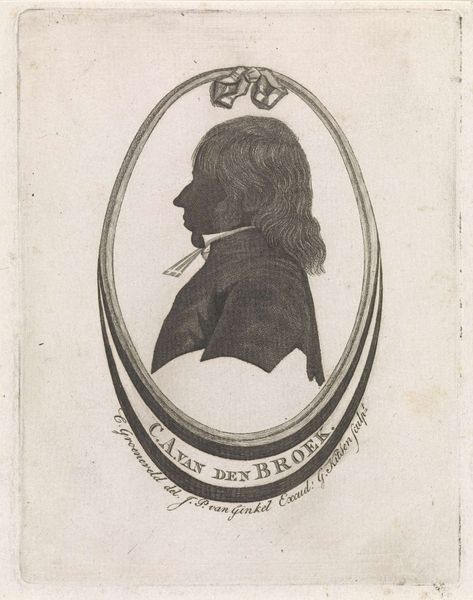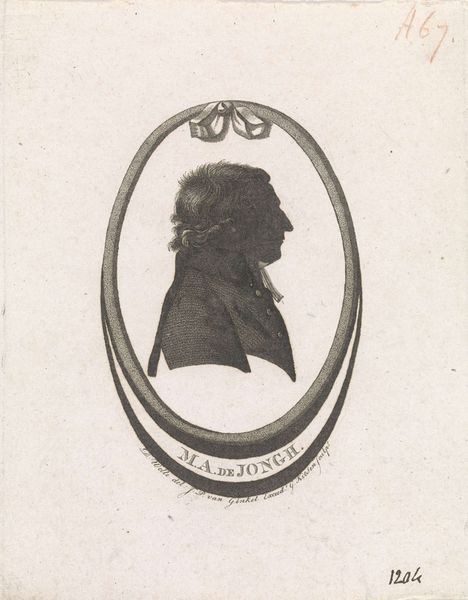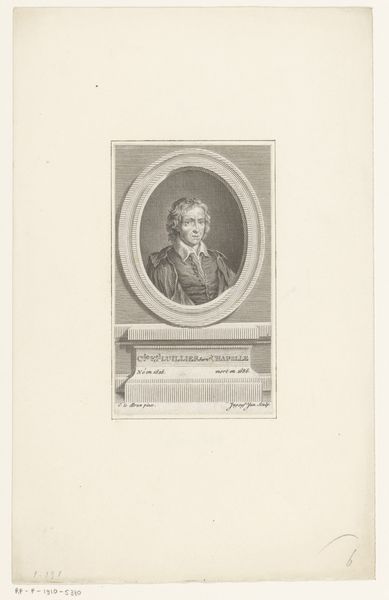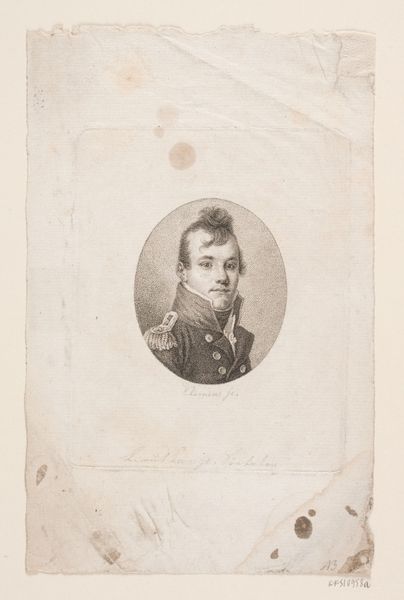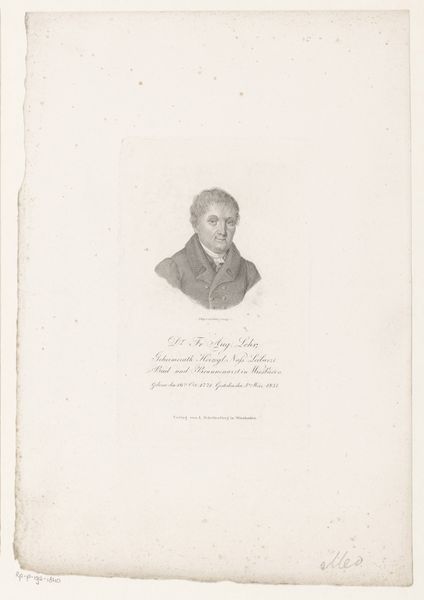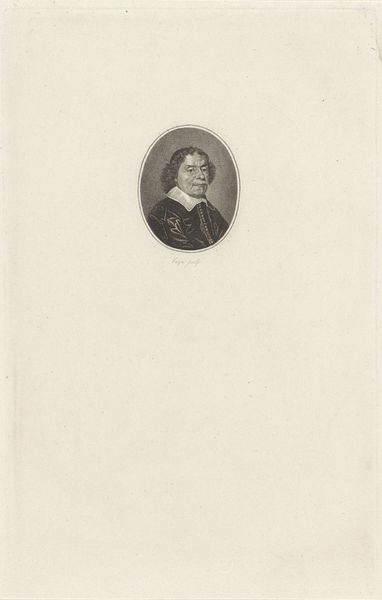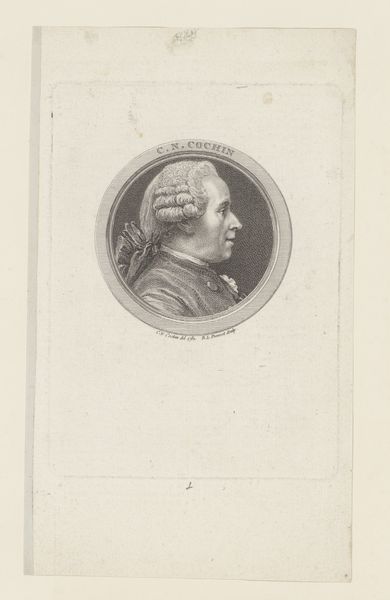
print, engraving
#
portrait
#
neoclacissism
# print
#
old engraving style
#
engraving
Dimensions: height 225 mm, width 140 mm
Copyright: Rijks Museum: Open Domain
Editor: This is Lambertus Antonius Claessens's "Portret van Napoleon Bonaparte," made around 1792 to 1808. It's an engraving, a type of print. I'm struck by how stark it is, especially the clear profile view framed by such a rigid oval. What aspects stand out to you? Curator: Indeed. Let us analyze the formal elements. The lines, etched with meticulous precision, delineate Bonaparte’s features. Consider the texture achieved through hatching and cross-hatching, creating tonal variations in the absence of color. Note the geometric simplicity of the oval frame, contrasted against the relatively more organic rendering of Bonaparte’s hair. Editor: So, it’s less about who it represents, and more about how it's made and how the different shapes interact? Curator: Precisely. It is the artist's employment of line and form, their calculated composition, that command our attention. Ask yourself, how does the formal language here—the careful balance of positive and negative space—contribute to its overall effect? Is it not a study in contrasts, both stark and elegant? The texture too-- the way it must feel under the fingers is just amazing to imagine. Editor: That’s helpful; it shifts my focus from historical context to the actual artistry. It's almost like the engraving medium lends itself to that sense of controlled precision. Thanks for that insight. Curator: It’s in the careful observations of the image's constituent elements that deeper appreciation arises, yes?
Comments
No comments
Be the first to comment and join the conversation on the ultimate creative platform.
